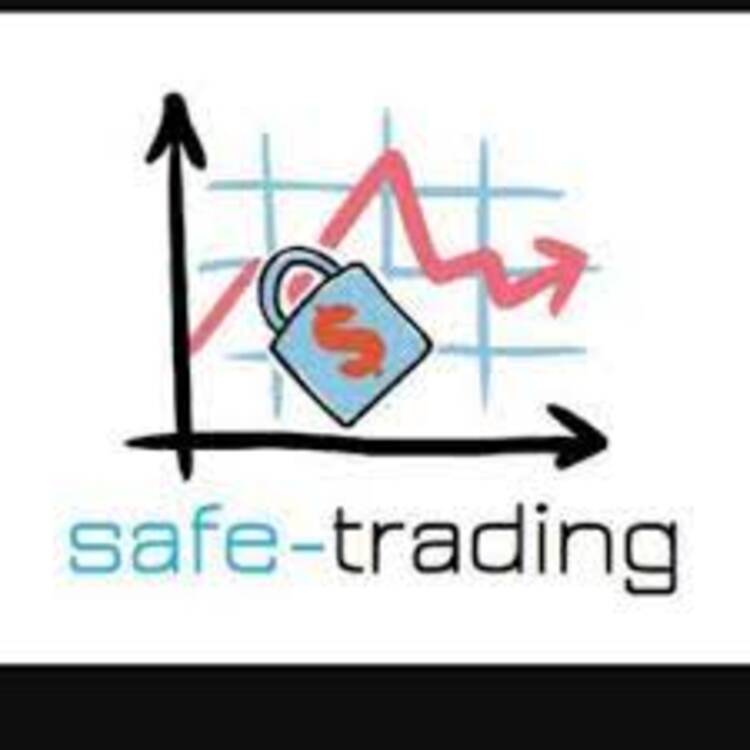Have you ever wondered if there was a way to potentially profit from the stock market without the extreme risk of buying and selling stocks directly? Enter options trading, a versatile investment strategy that allows investors to reduce their risk while still having the potential to generate handsome returns. However, navigating the world of options trading can be daunting for beginners, especially those seeking safe and conservative approaches. This comprehensive guide will delve into the intricacies of safe options trading, empowering you with the knowledge and strategies to minimize risk and maximize your chances of success.

Image: www.neargroups.com
Understanding the Basics: What Are Options?
Options are contracts that grant the buyer the right, but not the obligation, to buy (in the case of a call option) or sell (in the case of a put option) a specific underlying asset, such as a stock or index, at a predetermined price (the strike price) on or before a certain date (the expiration date). This flexibility allows investors to tailor their strategies based on their market outlook and risk tolerance.
Choosing Safe Options Trading Strategies
Covered Calls: Covered calls involve selling call options while simultaneously holding the underlying stock. This strategy generates income from the premium paid by the option buyer and limits the potential downside risk, as the investor retains ownership of the stock.
Cash-Secured Puts: Cash-secured puts are similar to covered calls, except the investor sells put options instead of call options. If the option is exercised (meaning the investor is obligated to buy the underlying asset), the investor must have sufficient cash in their account to cover the purchase price.
Protective Puts: Protective puts are purchased as a hedge against an existing stock position to reduce the potential loss if the stock price declines. The premium paid for the put option serves as insurance against downside risk.
Risk Management Techniques
Understanding Your Risk Tolerance: Before embarking on any options trading strategy, it is crucial to assess your risk tolerance and only allocate funds that you can afford to lose.
Diversify Your Portfolio: Diversify your options trades across different underlying assets and strategies to mitigate your risk exposure to any single market event or company.
Set Stop-Loss Orders: Stop-loss orders automatically sell your options contracts if the price falls below a predetermined level, helping to limit your losses.
Monitor the Market Regularly: Continuously monitor the market and track the performance of your options trades. Be prepared to adjust your strategies or exit positions based on changing market conditions.

Image: www.youtube.com
Safe Options Trading
Conclusion
Safe options trading requires a combination of knowledge, strategy, and risk management techniques. By understanding the basics of options contracts, choosing appropriate strategies, and implementing sound risk management practices, investors can minimize their exposure to market volatility and increase their chances of achieving positive returns. Remember, options trading involves inherent risk, and it is essential to conduct thorough research and seek professional guidance when necessary. With a cautious approach and a well-defined plan, you can leverage the power of options to generate income and enhance your financial portfolio.






